Application of Construction Technology for Scour Protection of River Bridge Foundation
DOI: 10.23977/jceup.2025.070115 | Downloads: 16 | Views: 507
Author(s)
Wang Qiusheng 1, Zhou Tianqi 1, Qi Yunpeng 1
Affiliation(s)
1 Key Laboratory of Urban and Engineering Safety and Disaster Reduction, Ministry of Education, Beijing University of Technology, Beijing, 100124, China
Corresponding Author
Wang QiushengABSTRACT
The cases of bridge damage due to water erosion are common. The traditional riprap protection method is not only limited in effect, but also expensive, which is difficult to meet the needs of modern engineering. In offshore wind power projects, solidified soil technology has been widely used because of its excellent anti-erosion performance, which provides a new way to solve the problem of anti-erosion. In this paper, the 16# main pier of Chongqing Jiangjin Yangtze River Highway Bridge is taken as the research object. Before construction, Fluent is used to simulate the influence of gabion on water flow characteristics to verify the feasibility of gabion protection technology. The simulation results show that gabion structure can not only significantly reduce the flow rate and reduce the impact of water flow on the surrounding environment, but also provide good construction environmental conditions for solidification soil perfusion. The anti-erosion reinforcement of the 16# main pier of Chongqing Jiangjin Yangtze River Highway Bridge has been successfully realized by the process of steel wire gabion combined with solidified soil perfusion. The test after construction shows that the solidified soil is well integrated with the original riverbed, and there is no obvious local erosion pit or hollowing around the pile foundation. The overall profile of the protection system is stable, and the anti-erosion ability is significantly improved. This process provides an important technical reference for the design and construction of anti-erosion of inland river Bridges.
KEYWORDS
Consolidated soil; Gabions; scour protection; Restoration; Numerical simulationCITE THIS PAPER
Wang Qiusheng, Zhou Tianqi, Qi Yunpeng, Application of Construction Technology for Scour Protection of River Bridge Foundation. Journal of Civil Engineering and Urban Planning (2025) Vol. 7: 122-135. DOI: http://dx.doi.org/10.23977/jceup.2025.070115.
REFERENCES
[1] Wardhana K, Hadipriono C F. Analysis of Recent Bridge Failures in the United States[J]. Journal of Performance of Constructed Facilities, 2003, 17(3): 144-150.
[2] Lagasse P F, Richardson E V, Schallj D. Fixed Instrumentation for Monitoring Scour at Bridges [J]. Transportation Research Record, 1998(1647): 1-9.
[3] Ding Jian, Xie Jinbo, Wang Jing, et al. Research and Application of In-situ Sludge Solidification Technology in Anti-erosion of Offshore Wind Power Single Pile Foundation [J]. China Harbor Construction, 2022,42(8):18-21.
[4] Yuan Jianzhong. Application of stabilized soil in scour repair of single pile foundation for offshore wind power [J]. China Marine Platform, 2021,36(4):46-50.
[5] Zhou Maoqiang, Li Peng, Luo Xianqi, et al. Application of stabilized soil in offshore wind power foundation scour protection engineering [J]. Waterway and Port, 2023,44(2): 264-269.
[6] Li Tengfei, Zhang Guanwu, Chen Jiazhi. Study on the influence of sludge solidified soil on single pile foundation of offshore wind turbines [J]. Hydropower and New Energy, 2023,37(05):22-26+30.
[7] OuYang H, Dai G, Gao L, et al. Local scour characteristics of monopile foundation and scour protection of cement-improved soil in marine environment-Laboratory and site investigation[J]. Ocean Engineering, 2022, 255: 111443.
[8] Shen Xiaolei, Guo Jian, Zhang Haitao, et al. Study on the horizontal bearing characteristics of offshore wind power pile foundation reinforced by stabilized soil [J]. Waterway and Port, 2023,44(1): 118-123.
[9] ROULUND A, SUMER B M, FREDSØE J, et al. Numerical and experimental investigation of flow and scour around a circular pile [J]. Journal of FluidMechanics, Cambridge University Press, 2005, 534: 351-401.
[10] Sun Dongpo, Yang Huili, Zhang Xiaosong, et al. Three-dimensional flow field measurement and numerical simulation of bridge pier scour pit [J]. Advances in Water Science, 2007, (05): 711-716.
[11] Lin Xiaoping, Ling Jianming, Su Hucai, et al. Numerical simulation of curved flow and analysis of scouring mechanism along river embankment [J]. Journal of Tongji University (Natural Science Edition), 2007, (11): 1492-1496.
[12] Van O M C, Leenders V, Rudolph D, et al. Field Performance of Scour Protection around Offshore Monopiles. In: Scour and Erosion, 2010: 339-428.
[13] Heibaum M, Trentmann J. Partial Grouted Riprap for Enhanced Scour Resistance. In: Scour and Erosion, 2010: 1-10.
[14] Liang Fayun and Wang Chen. Comparative analysis of local scour protection technology for pier foundation [J]. Structural Engineers, 2014,30(05):130-138.
[15] Du Shuo. Study on the local scouring characteristics of single pile foundation and consolidation soil protection for offshore wind power [D]. Southeast University, 2021.
[16] Zhang Guirong, Zhang Jiasheng, Wang Yuanming et al. Research on ecological slope protection technology of gabion nets under river erosion [J]. Journal of Hydraulic and Water Transport Engineering, 2018, No.172(06):112-119.
[17] Sharma P, Mouli B, Jakka R S, et al. Economical design of reinforced slope using geosynthetics[J]. Geotechnical and Geological Engineering, 2020, 38: 1631-1637.
| Downloads: | 11427 |
|---|---|
| Visits: | 385450 |
Sponsors, Associates, and Links
-
Journal of Sustainable Development and Green Buildings
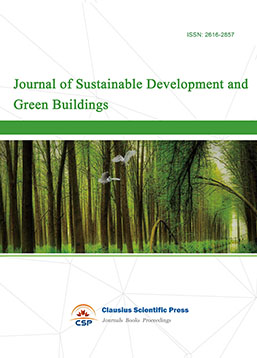
-
Landscape and Urban Horticulture
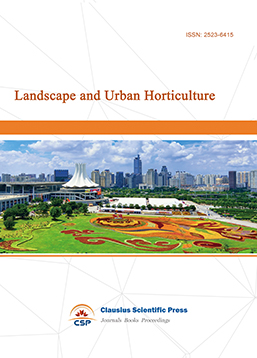
-
Bridge and Structural Engineering
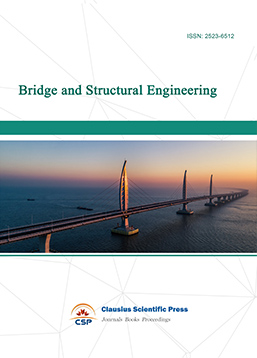
-
Soil Mechanics and Geotechnical Engineering
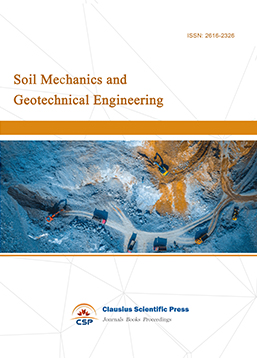
-
Journal of Municipal Engineering
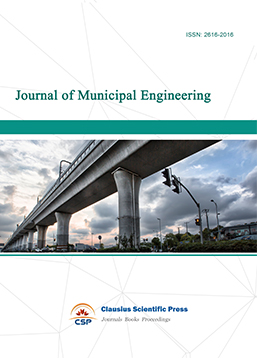
-
Heating, Ventilation and Air Conditioning

-
Indoor Air Quality and Climate
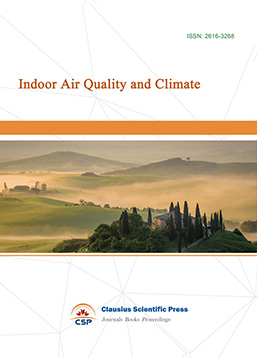
-
Computer Aided Architecture Design
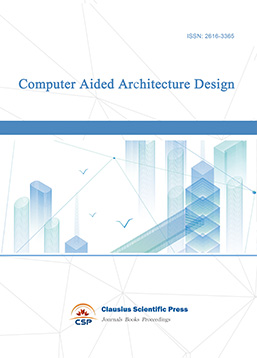

 Download as PDF
Download as PDF